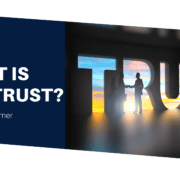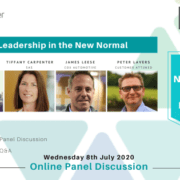Six lenses of best practice for Customer Charter development
Customer charters can play a key role in manifesting your wider brand promise into concrete standards and commitments that you are happy for your customers to judge you by.
In hundreds of engagements in all types of businesses and sectors, we have seen a lot of customer charters, propositions and promises!
If we have learned anything from this experience it’s that your charter mustn’t be wishy washy!!
There are some common factors concerning customer charters that significantly help them land successfully with different internal and external stakeholder groups. We call them ‘lenses’ of best practice, and here are six tests to assess your charter against:
- The wishful thinking test – are the commitments you make in your charter concrete promises or just aspirations (i.e. to ‘try’ to be better)?
- The unequivocal test – are the statements unambiguous and won’t lead to fruitless arguments about what is and isn’t actually promised?
- A differentiator test – how does your charter differ from what anybody else offering a similar service might promise? Every promise doesn’t have to be a differentiator, but at least some should!
- The prosecution test – if this commitment was made illegal, would they be able to gather enough evidence to convict you of it?!
- A measurability test – is it actually possible to quantifiably measure performance against this promise?
- The trust test – it’s an obvious truism that if you break your promises, then you damage trust. It’s worth digging deeper – does your charter reinforce and build trust in all the different elements of trust. My colleague Dr Mark Hollyoake has developed a ground-breaking definition and model of B2B trust – does your charter address all these elements?
What is B2B trust?
“The willingness to be vulnerable to another party and the decision to engage in actions based upon an interpretation of their ability, credibility and the expectations of mutual value exchange over time.”
Hollyoake, M. (2020)
We utilise these tests to develop or fine tune customer charters to be genuine and impactful with customers and staff alike.
Once your charter passes these tests then it’s worth engaging with your key stakeholders to determine and explore the “so what” of the promises made. This is critical to successful charter embedding – getting you to the place where you can confidently launch it internally and externally, and/or ensure ongoing socialisation, assimilation into BAU/ways of working/training, and governance.
![]() Does your customer charter or proposition need developing or strengthening? Please get in touch if you’d like to discuss further any of the issues raised in this blog.
Does your customer charter or proposition need developing or strengthening? Please get in touch if you’d like to discuss further any of the issues raised in this blog.
- The Partner Relationship Survey – How it works - July 10, 2024
- Customer Centricity Corner with Peter Lavers – Partner Relationship Survey - June 26, 2024
- Customer Centricity Corner with Peter Lavers – Account Based Marketing - May 30, 2024







